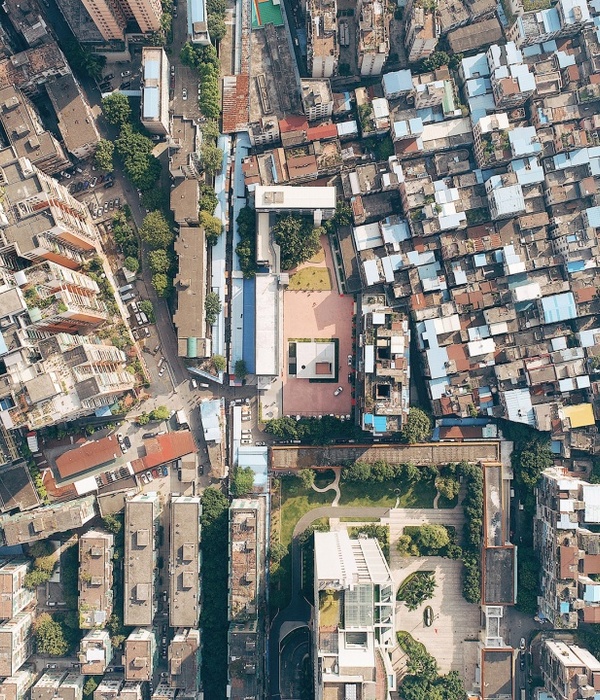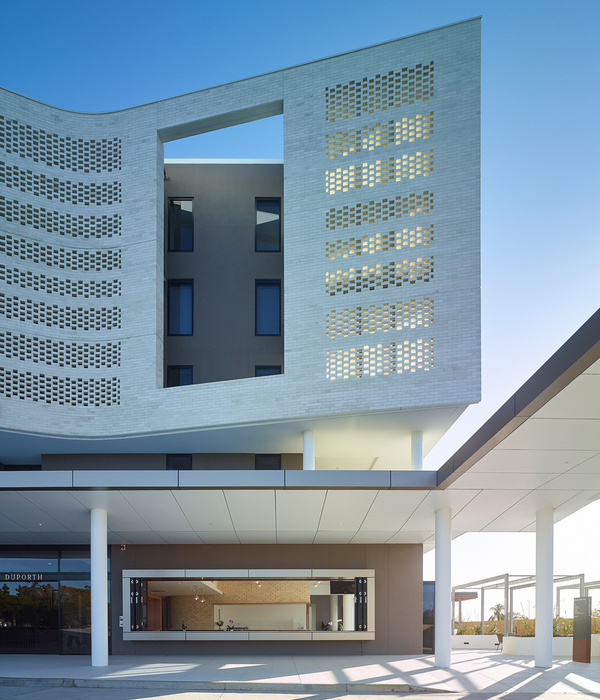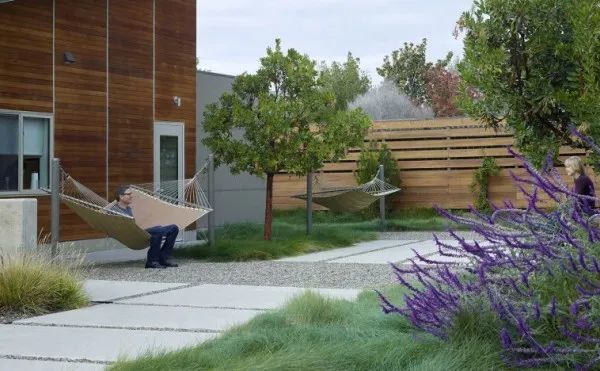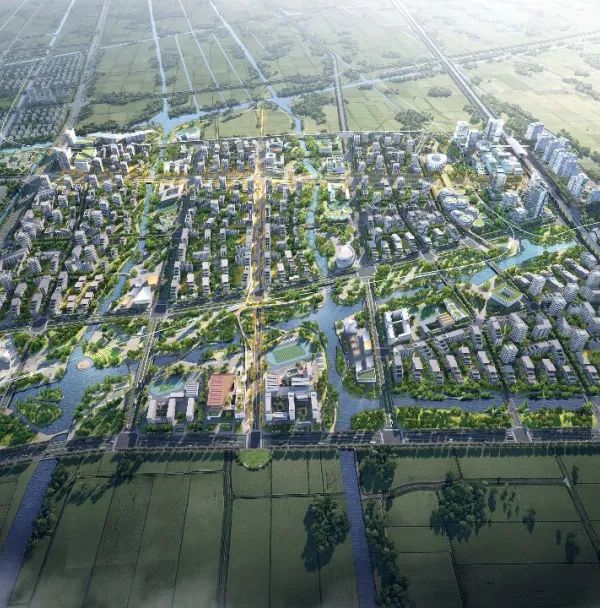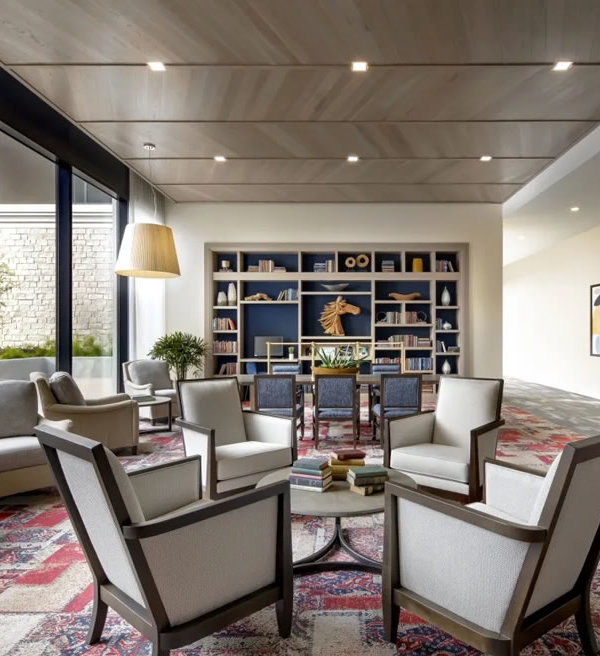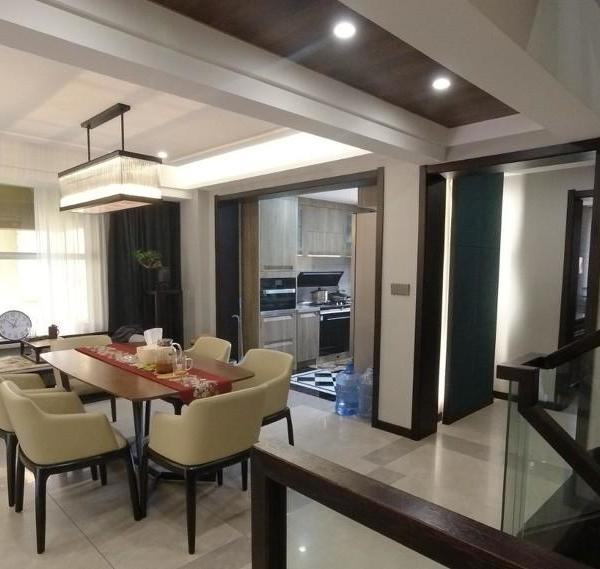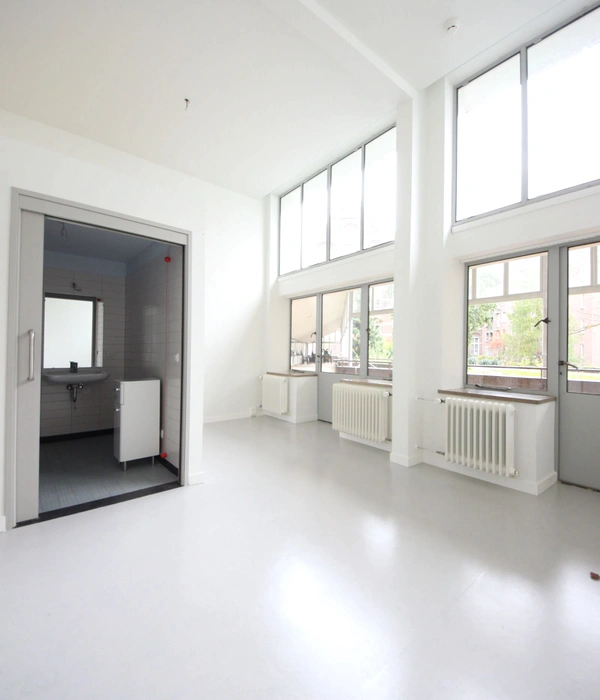Stretchers, hoola-hoops, wedges, rollers, bosus, Pilates balls of various sizes… It would be a shame to hide all the tools that allow for physiotherapy exercises to occur in a clinic that lacks technological machinery.
If there is something that characterizes the commercial shop that previously stood on this site, is its exterior display, through the means of a façade opening. Continuing through it, in a passive way, its old exhibitionist framework and purpose.
This high exposure to the street sits in stark contrast with the therapeutic practice inside, traditionally a private activity, excluded from the public and of intimate nature. It seems appropriate to question the social norms of these healing processes, and explore the possibility of inversing their order; like a restaurant that opens its kitchen to the clients, turning that into their biggest ‘shop window’. Each time that a room is left empty, therapy is turned into display; so therapeutic props become conceptual objects of inside activity for the street passer-by. This takes inspiration from 13, Rue del Percebe or the journey of Mr. Hulot in Mon Oncle by Jacques Tati.
A little boy stops in front of the Pilates room, his mother who turns to rush him realizes what her son is observing: an imprecise number of grey spheres rolling around the room floor, while another straggler ball simply leans against one of the white walls. Stacked bosus balls, mats pilled one on top of another, and half spherical lamps descending from the ceiling to illuminate the whole scene… a dance which cannot be described.There are no halls or corridors; 80m2 of enfilade rooms maximize the functional groundscape of the clinic, taking advantage of voids within its large partitions. Corners are lost in favour of a relevance reserved to people and objects in movement.
Colaborators: Álvaro Castellano Pulido, Francisco Ruíz Castro, Vania Citraro, Frederico da Silveira, Giulia Barilli
{{item.text_origin}}

